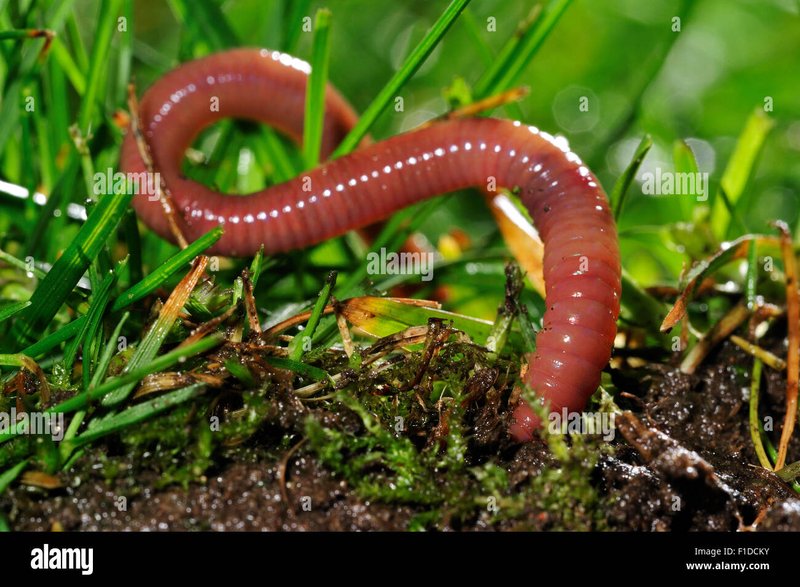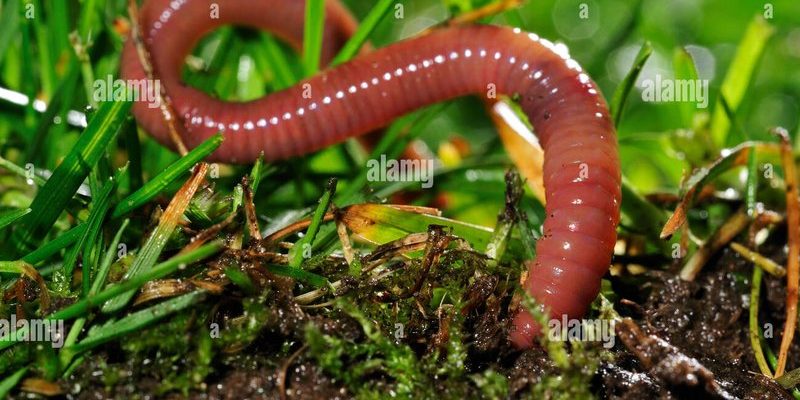
So, what exactly are these **wolf worms**? These clever little critters, more formally known as *larvae of the parasitic fly*, find their way into the bodies of animals, typically mammals. You might say they have a knack for picking the most unsuspecting hosts. This can lead to signs on the surface, hinting that something’s amiss under that friendly, furry facade. Let’s dive into what these signs look like and how recognizing them helps us understand the health of wildlife.
What Are Wolf Worms?
Before we get too deep into the signs of their burrows, let’s break down what wolf worms actually are. As I mentioned, they’re the larvae of *Cuterebra*, a type of fly. These flies typically lay their eggs near where animals roam, and when the eggs hatch, the larvae latch onto a host animal—think rabbits, squirrels, or even pets.
Once connected, the worm burrows into the host’s skin, often around the neck or behind the ears. You might find it surprising, but this isn’t a situation where the worm simply moves in; it can cause some significant irritation. Imagine having an uninvited guest who just won’t leave!
While adult wolf worms can grow large, it’s the signs they leave on their hosts that we’re most interested in. You might be wondering why it’s important to spot these critters. Well, recognizing wolf worm burrows can help wildlife officials and pet owners address potential health issues, ensuring both humans and animals stay safe.
Identifying Field Signs of Wolf Worm Burrows
Understanding how to spot the signs of wolf worms is like reading a book written by nature. There are clear indicators when an animal has been infected. Here’s what to look for:
- Swelling: One of the most noticeable signs is swelling around the area where the larva has entered. It can look like a small, raised bump on the animal’s skin.
- Oozing or Discharge: Sometimes, these areas may ooze a yellowish fluid or even have a scab forming. It’s like the body is trying to fight off a nasty little burglar.
- Behavioral Changes: You might notice animals acting differently, such as scratching excessively or showing signs of discomfort. They can even be more irritable than usual.
These signs can vary a bit depending on the host and the severity of the infection. If you notice any of these clues, it’s important to act quickly to prevent the larvae from causing more harm.
Where to Look for These Signs
If you’re on the lookout for **wolf worm burrows**, understanding where to check is key. Animals that spend time in grassy fields or wooded areas may be more prone to being infected, so your investigation should head that way.
Start by examining areas where the host animal frequently hangs out. Look for:
- Near Burrows or Nests: Wild rabbits, squirrels, or rodents might have small nests or burrows that are good places for flies to lay their eggs.
- Underbrush: Dense brush or shrubbery provides cover for animals, making it easier for flies to find them.
- Fences or Pathways: Animals often travel set paths, which can be hotspots for these larvae to attach to their hosts.
By knowing where to look for these signs, you can become more attuned to the health of local wildlife, making you a better steward of nature.
Common Hosts for Wolf Worms
Certain animals are more likely to be affected by wolf worms than others. Knowing these common hosts helps identify potential infection sources.
- Rabbits: These fluffy critters are expert hosts due to their burrowing habits.
- Squirrels: You’ll often find these energetic little guys in trees, but they also wander close to the ground where flies can lay their eggs.
- Domestic Pets: Cats and dogs, especially those that roam outside, can easily become hosts if they come across larvae.
You might wonder why some animals are more prone than others. It mostly boils down to their habitats and behaviors. For example, a rabbit in a garden is more likely to encounter the fly than a cat who stays indoors.
The Impact of Wolf Worms on Host Animals
Aside from the evident physical signs, wolf worms can cause varying impacts on their hosts. For many animals, these larvae can lead to stress and discomfort, affecting their eating and social behaviors.
1. **Physical Health:** As the larvae burrow deeper, they can cause infections and inflammation. This can lead to serious health issues if not promptly treated.
2. **Behavioral Changes:** Animals may isolate themselves due to discomfort. You may notice them becoming less active or less social, which can be concerning, especially for pets.
3. **Reproductive Impact:** In some cases, heavy infestations can affect an animal’s ability to reproduce, thereby impacting population dynamics in the wild.
Recognizing these impacts early can significantly affect an animal’s recovery and overall health.
How to Help Affected Animals
If you suspect an animal is dealing with wolf worm burrows, it’s important to take action. Here’s what you can do:
- Consult a Veterinarian: If it’s a pet, head to the vet. They can safely remove the larvae and provide any necessary treatment.
- Observe Wild Animals: If you spot wild animals showing signs of infection, you can report it to local wildlife authorities. They may be able to step in to help.
- Educate Others: Talk to friends and family about recognizing these signs. The more people are aware, the better we can protect our wildlife.
You might feel like an animal detective at this point, and honestly, you are! Taking these steps not only helps individual animals but also contributes to the health of our ecosystems.
In the grand scheme of nature, even the smallest creatures can have a big impact. Recognizing wolf worm burrows in animals is a vital skill for anyone who loves the outdoors or has pets. By understanding the signs, knowing where to look, and taking action when necessary, we can all play a part in supporting the health of wildlife.
So, next time you’re out in nature, take a moment to observe—who knows what stories those signs might tell! Let’s keep our eyes peeled, protect our furry friends, and ensure the beauty of our ecosystems continues to thrive.

